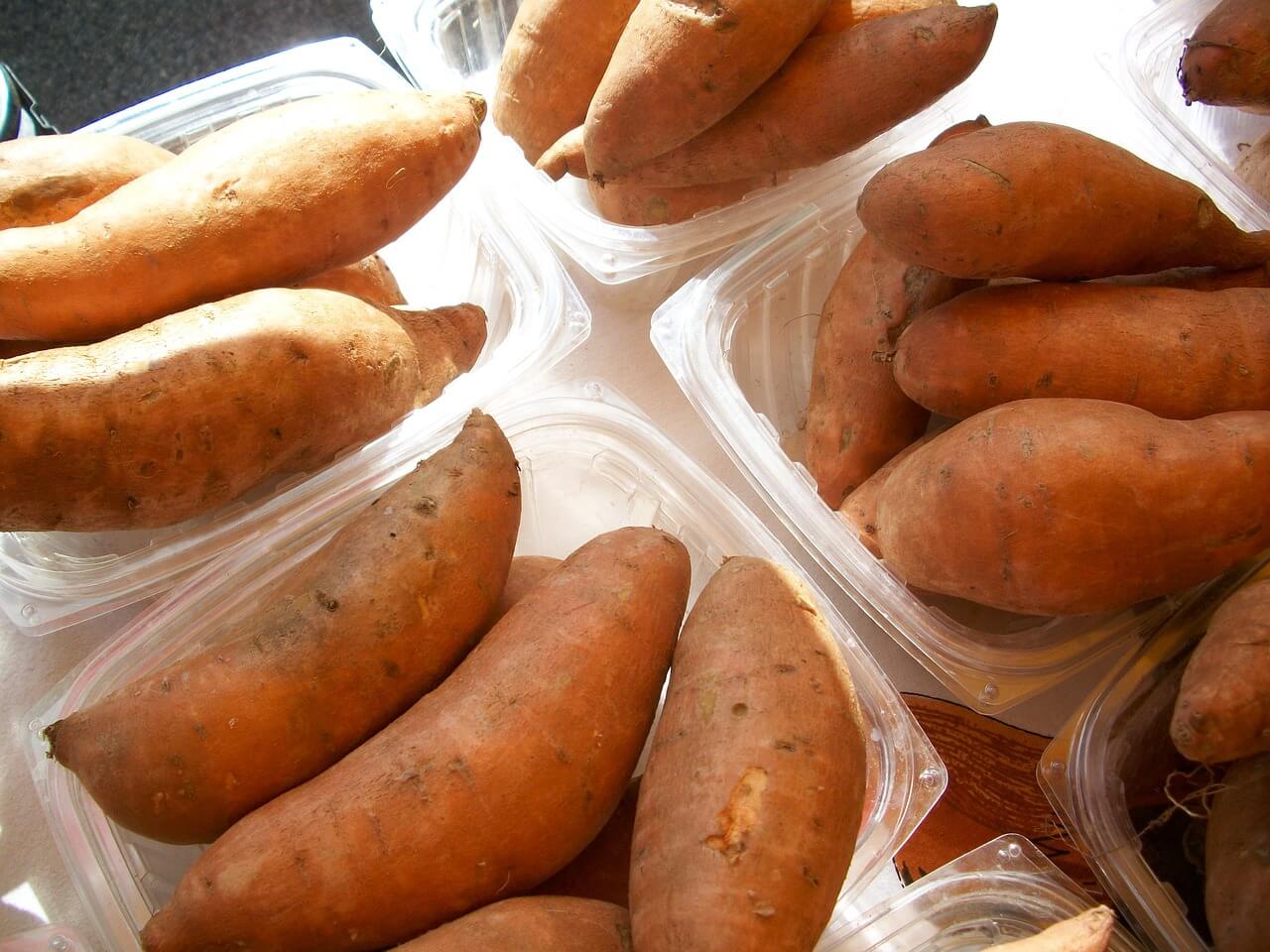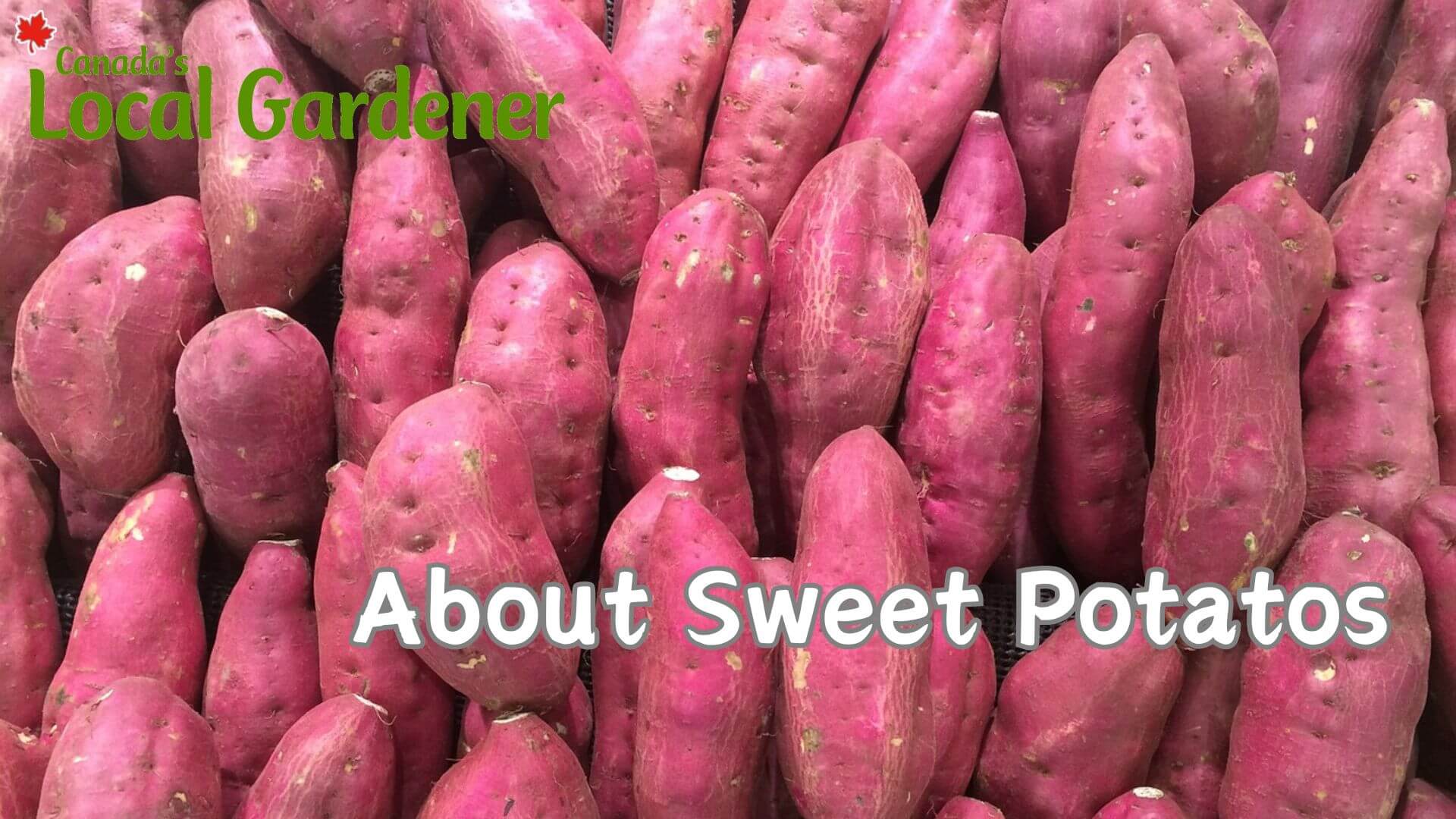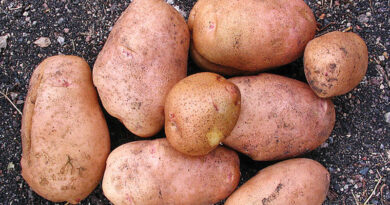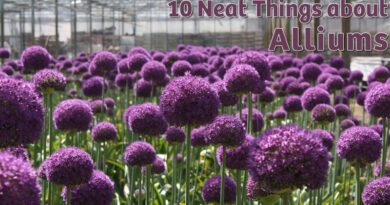10 Neat Things About Sweet Potatoes
As you plan your Thanksgiving menu, put some thought into sweet potatoes. Did you know that you can grow them in Canada? That the tuber is not the only part you can eat? That they are part of the effort to eradicate global hunger? And that they have a special protein that protects them against pests!
1. Which sweet potatoes?
The sweet potatoes we’re talking about are the orange ones that come from the plant Ipomoea batas. (They can also be purple, white or yellow, but orange is the common colour in Canada.) Yams are from completely different plants in the genus Discorea.
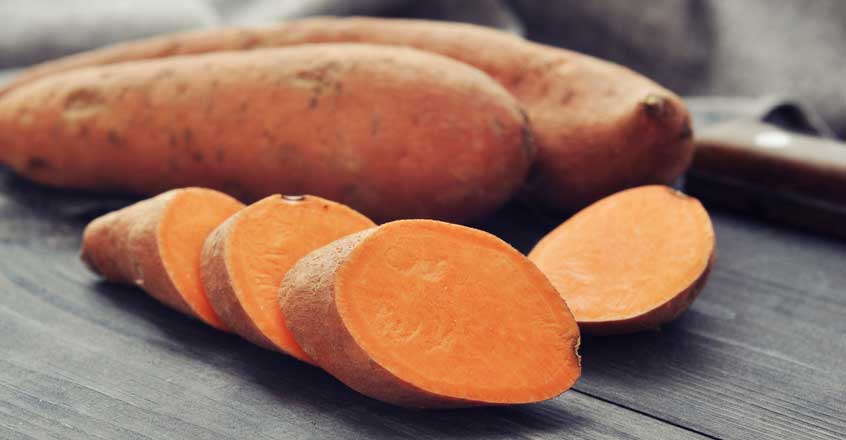
2. Short growing season adaptations.
Sweet potatoes require a LOT of heat to
grow – soil must be at least 18 Celsius – but they can be grown in Canada by selecting short-season cultivars like ‘Covington’ and ‘Beauregard’ that mature in 90-110 days. They can thrive in protected environments like greenhouses or by using black plastic mulch to warm the soil, or you can chance it by just planting slips in the garden.

3. Sweet potato slips.
Sweet potatoes are propagated from slips, which are shoots grown from mature sweet potatoes. In Canada, slips are started indoors in early spring or late winter for outdoor transplanting after the risk of frost has passed. It’s easy to do. Just stick a sweet potato into a glass of water. Let a bunch of sprouts grow. Twist the sprouts off and put them in a glass of water. The sprouts grow roots and…voila. Sweet potato slips.

4. First time sweet potato slips.
For your first time growing sweet potatoes, look for a variety of slips that will produce in a short season. After your first year, you should have no problem getting new slips from the previous season’s tubers. You can use sweet potatoes from the grocery store, but you don’t know what variety they are and they might take longer to mature than we have in Canada.
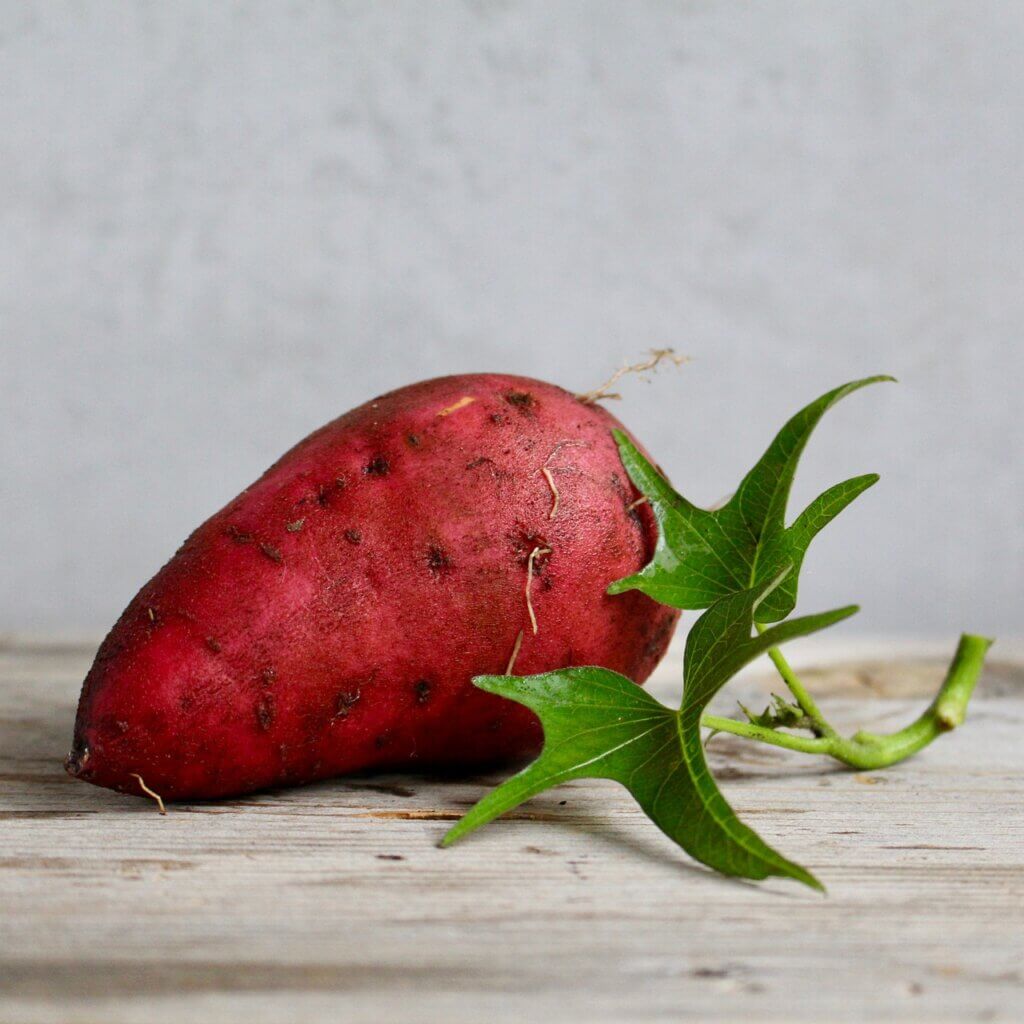
5. Drought tolerance.
Sweet potatoes are relatively drought-tolerant, making them easier to grow in regions with fluctuating water availability. However, they require consistent moisture during the root-bulking stage for good yield. They are tolerant of drought; they don’t love it but they won’t die.
6. Edible leaves.
In Canada, many growers overlook the fact that sweet potato leaves are edible, highly nutritious, and commonly eaten in many other parts of the world like Asia and Africa. Harvest them young. They taste like spinach.
7. Curing.
Freshly dug sweet potatoes aren’t delicious. You need to cure them before eating. Place the sweet potatoes in a warm space with a temperature of 27 to 30 Celsius and high humidity (85 to 90%) for 7 to 10 days. This allows the starches to convert to sugars.

8. Biofortification potential.
Sweet potatoes lend themselves to biofortification. They offer a sustainable solution to combat vitamin A deficiency in developing countries, improving the health of children and pregnant women. Programs like HarvestPlus have successfully introduced some biofortified varieties to regions in Africa, significantly enhancing nutrition without the need for supplements. With ongoing research into fortifying sweet potatoes with other nutrients like iron and zinc, this crop holds great potential for improving global food security and addressing hidden hunger.
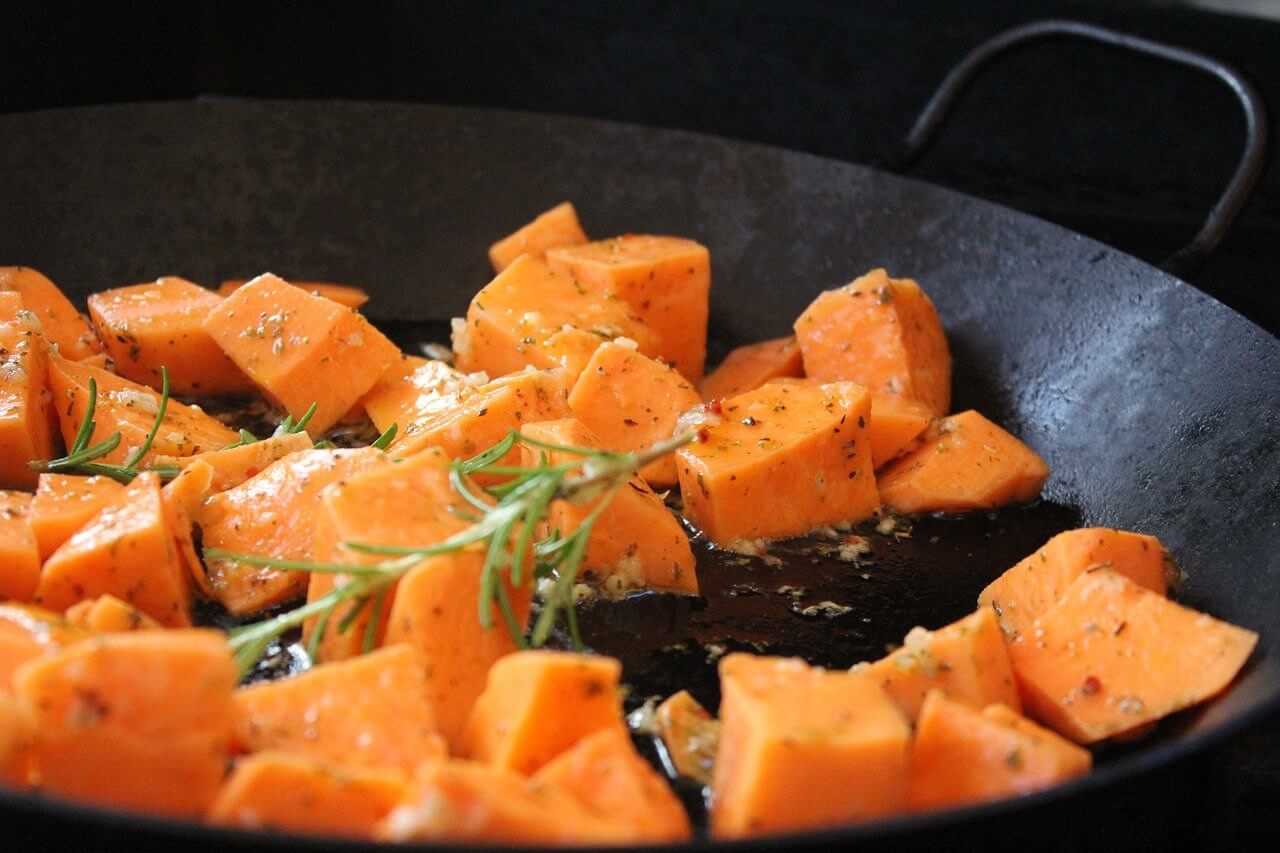
9. Stress resilience.
Sweet potatoes are considered resilient crops in the face of climate change. One remarkable example of sweet potatoes’ stress resilience comes from drought-stricken regions of sub-Saharan Africa. During a severe drought in Uganda, when many staple crops like maize and beans failed, sweet potatoes thrived, providing a critical food source. Farmers there reported that sweet potatoes were the only crop that could be harvested, sustaining families through harsh conditions.
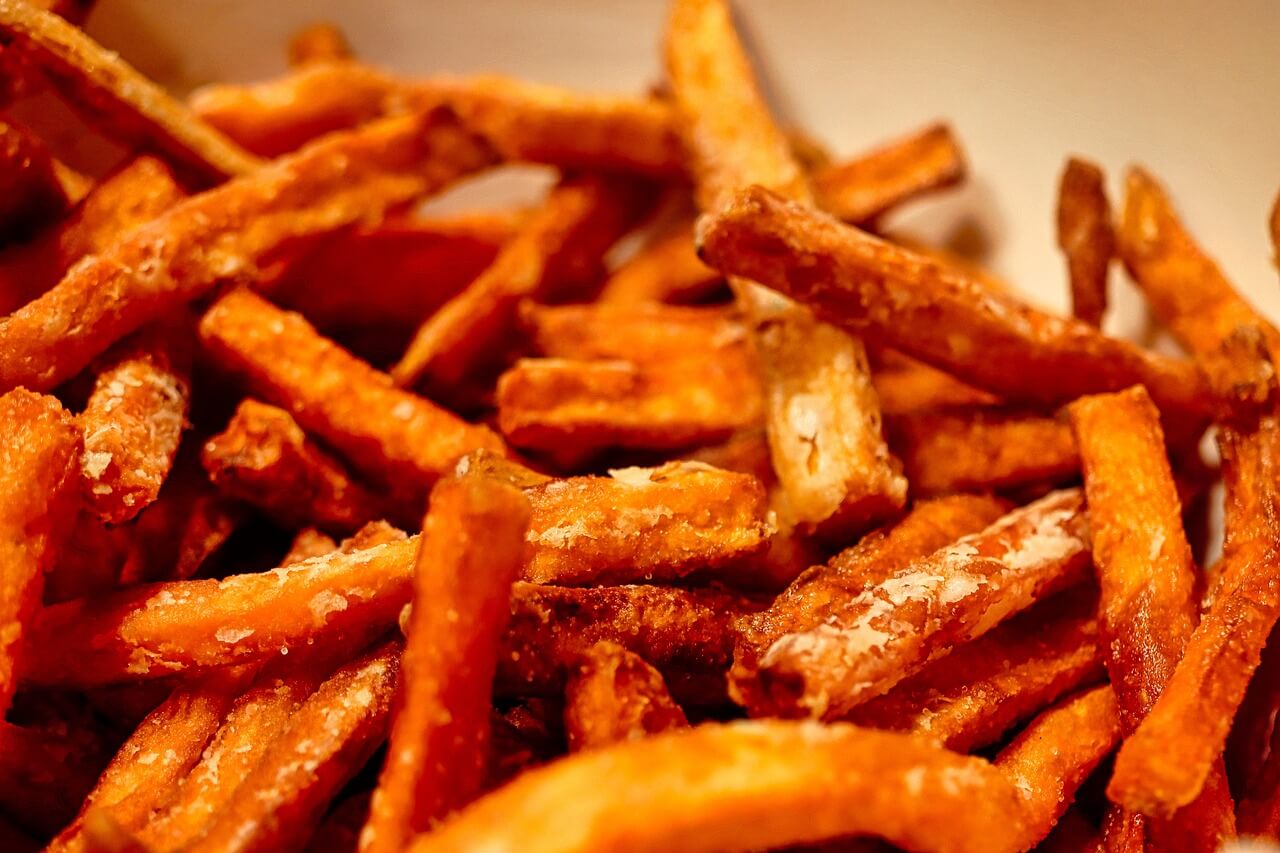
10. Natural antimicrobial compounds.
Sweet potatoes produce unique antimicrobial proteins called sporamins that protect them from pathogens. Unlike most other plants where storage proteins are used mainly for growth, in sweet potatoes, sporamins play a dual role by also acting as a defense mechanism against pests and pathogens. Research has shown that these proteins could be developed into natural preservatives or antimicrobial agents in food and agriculture.
